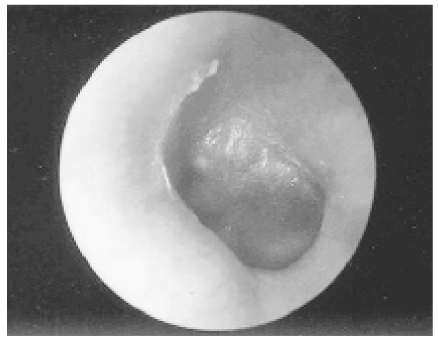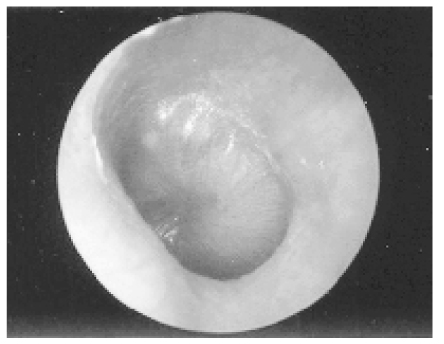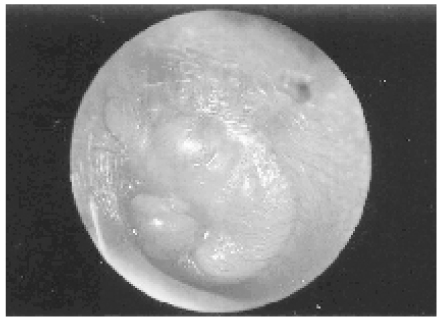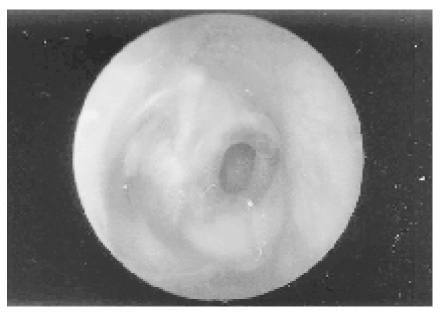 |
 |
- Search
| J Korean Med Assoc > Volume 47(3); 2004 > Article |
Abstract
References
Table 1

* For children who are allergic to penicillin, preferred alternatives include cefuroxime axetil or another second-generation cephalosporin(other than cefaclor, which may cause a serum sickness like reaction), azithromycin, or ceftriaxone(50mg/kg once)
† The delayed antibiotic prescribing strategy is as follows : initiate treatment with full-dose acetaminophen ; provide a prescription for amoxicillin to be used only if otalgia or fever persist or if there is no clinical improvement after 48 to 72 hours ; advise the patient's parent that antibiotics do not work very well against otitis and have virtually no effect during the first 24 hours ; explain the disadvantages of antibiotics to patient's parents-they may have side effects(e.g., diarrhea and rash) ; and select for resistant bacteria
Table from Hendley JO. Otitis media. N Engl J Med 2002 ; 347(15) : 1169 - 74
- TOOLS
-
METRICS

-
- 0 Crossref
- Scopus
- 1,171 View
- 4 Download
-
Related articles in
J Korean Med Assoc -
Diagnosis and treatment of dyslipidemia in children and adolescents2024 May;67(5)
Management of cardiovascular disease in patients with schizophrenia2024 February;67(2)
Management of post-cardiac arrest syndrome2023 September;66(9)
Management of patients with neuropathic pain2022 August;65(8)










